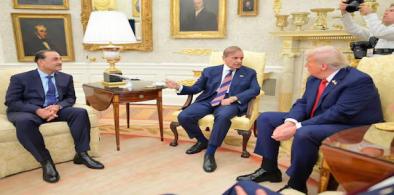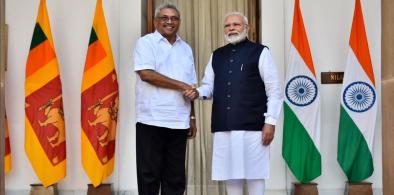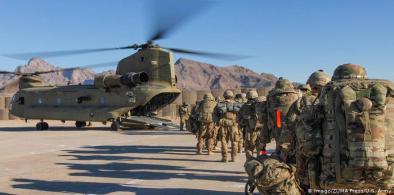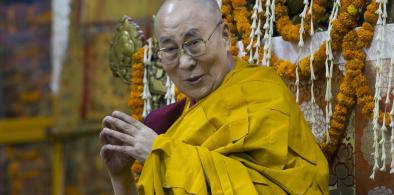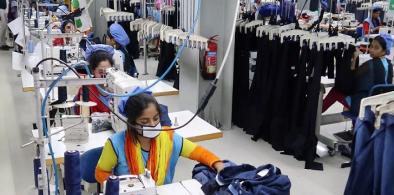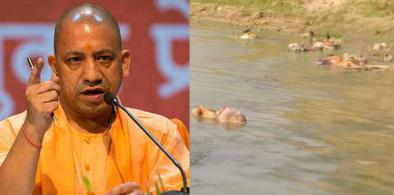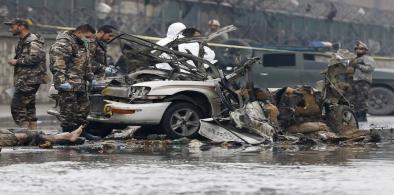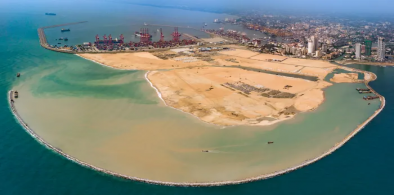The inherently low EPI scores of the South Asian countries underline the need for more sustainable efforts within the region to address concerns relating to air and water quality, climate change and biodiversity, write George Cheriyan and Simi T.B for South Asia Monitor
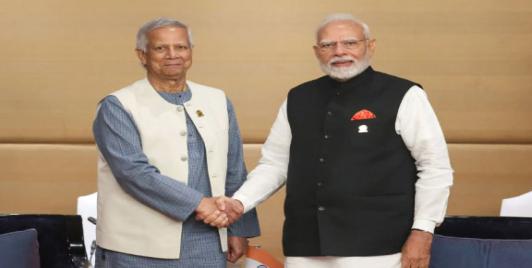
Bangladesh–India Relations at a Crossroads: Needed Recalibration, Not Rupture
The current strains in Bangladesh–India relations should therefore be seen not as an inevitable deterioration, but as a test of diplomatic maturity. Bangladesh and India share more than geography and history; they share a responsibility to ensure that temporary political frictions do not harden into structural mistrust. In a time of regional uncertainty, neither country benefits from a relationship defined by grievance or miscommunication.
A Dangerous Power Grab in Pakistan; Unpredictable Consequences For Region
The 27th Amendment, celebrated by its proponents as a security reform, is in reality a political coup executed through constitutional means. It marks not only Munir’s personal triumph but the institutional victory of the military over all other state authorities. As history warns, empowering any unelected institution above the republic’s elected will invites instability—not strength. Pakistan may soon discover that consolidating military power does not secure the nation’s future, but instead places it at greater risk
How Foreign Digital Influencers Are Tarnishing India’s Global Image
India must now transition from conventional soft-power thinking to visibility governance—the systematic management of how the country appears, circulates, and is emotionally interpreted across global platforms. Failure to do so will leave India’s global image increasingly shaped by commercial incentives outside Indian control.
Afghanistan Should Not Get Caught In The India-Pakistan Strategic Rivalry
The strengthening of Taliban-India ties runs counter to Pakistan’s interests. The more border clashes intensify between the Taliban and Pakistan, the more secure the Kashmir region and the Line of Control (LoC) become for India. Under such conditions, Pakistan will remain preoccupied with its northwestern border, giving India a unique opportunity to consolidate its control over Kashmir and potentially weaken, drive out, or eliminate Kashmiri militant groups
China’s strategic foothold in Sri Lanka: tough choices for India
As Sri Lanka has clasped China’s strategic hands a la Pakistan, India will have to carefully calibrate its moves, writes M.R. Narayan Swamy for South Asia Monitor
How the Israel-Palestine conflict polarised society in India's Communist-ruled Kerala state
Unfortunately, the developments surrounding Soumya's tragic death in Israel brought out starkly the social and religious faultlines in a politically-conscious Kerala where Hindu, Christian and Muslim communities had previously always coexisted, writes Dr. Vineeth Mathoor for South Asia Monitor
India should enlist services of Indian American physicians in its fight against COVID-19
New Delhi should relax some of the regulations to enable Indian American physicians to get involved in Covid treatment on a larger scale, writes Frank F. Islam for South Asia Monitor
A scary future awaits Pakistan post foreign troop withdrawal from Afghanistan
But Pakistan runs the risk of its Pashtun-dominated areas joining up with the Afghan Taliban, especially since the overbearing Punjabi domination is disliked in Pakistan and Pakistan can’t possibly control the Afghan Taliban completely after foreign troops exit Afghanistan, writes Lt. Gen. Prakash Katoch (Retd) for South Asia Monitor
Can Colombo Port City become South Asia’s new offshore financial center?
Port City project itself is looking more like a calculated gamble in a country where gambling/ betting are frowned upon publicly, but practiced commonly, writes Indika Hettiarachchi for South Asia Monitor
Online victimization and changing landscape of violence against women and girls in India
It might be prudent to pass the amendment to the Indecent Representation of Women (Prohibition) Act 1986 (IRWA), to include virtual spaces, that has been pending before the Indian parliament for nine years, writes Aaliya Waziri for South Asia Monitor
Why China wants its own Dalai Lama
One thing is clear: a Dalai Lama picked by atheist China will lack legitimacy in the eyes of the world. And if two Dalai Lamas emerge, it will be a test for India: who will it recognize as the temporal head of the Tibetan Buddhists, writes M.R. Narayan Swamy for South Asia Monitor
India has to resist attempts to change its pluralist identity
But if India fails to adhere to this main tenet of a modern society, it risks being labeled as an “electoral autocracy”, as Sweden’s V-Dem Institute has done, or “partly free”, as America’s Freedom House has done, writes Amulya Ganguli for South Asia Monitor
Bangladesh's good growth numbers: Narrowing the gap with India?
Is India being overtaken by its eastern neighbor? Far from it, although these numbers will no doubt upset a segment of the Indian political leadership that has pushed a narrative that Bangladeshi infiltration into India is largely because of hunger and poverty, writes N. Chandra Mohan for South Asia Monitor
The Covid 19 crisis in India’s most populous state: Need for better data collection and management strategies
The suspected under-reporting in Uttar Pradesh is hazardous from an epidemiological perspective as it would stand against the state preparing for a targeted vaccination drive and a potential third wave, writes Akshat Singh for South Asia Monitor
Can Pakistan remain immune if Afghanistan descends into chaos?
Whatever sway Islamabad holds over the Taliban, Pakistan realizes it must weigh its options with considerable circumspection to at least mitigate blowback effects in case Afghanistan descends into a civil war, writes Shraddha Nand Bhatnagar for South Asia Monitor
Port City Colombo: Harnessing Sri Lanka's strategic location to fast-track development
On May 20, President Gotabaya Rajapaksa explained to Asian leaders how Sri Lanka balances relations with China and India, writes Sugeeswara Senadhira for South Asia Monitor
In pandemic times, OTT platforms offer cross-border entertainment, engagement and craze
Yet, the craze in Pakistan about Indian Bollywood beauties at times assumes dimensions that are wonderful but simultaneously bizarre, if published views of physicians and surgeons dealing with beauty-care are to be believed, writes Mahendra Ved for South Asia Monitor
India-EU summit: New dynamics and an FTA in the making
The 16th India-EU summit, though virtual, marked a watershed in India’s foreign policy, as far as engagement with the West is concerned, writes Amb Bhaswati Mukherjee (retd) for South Asia Monitor


